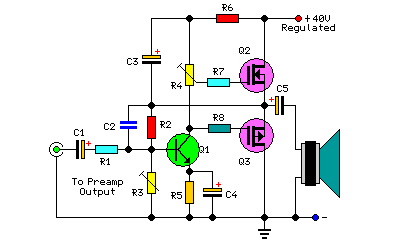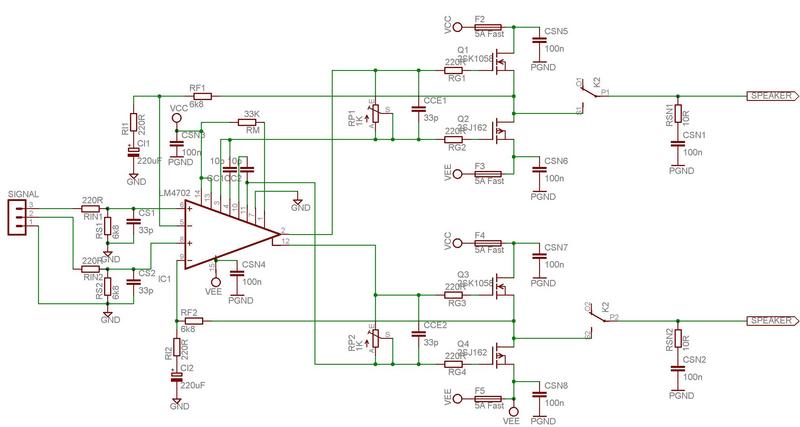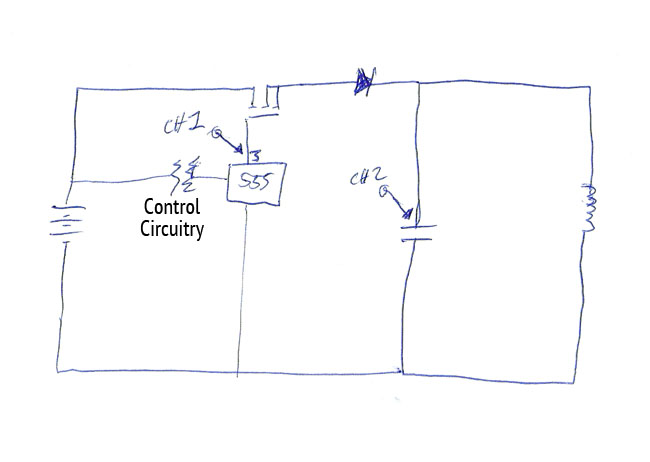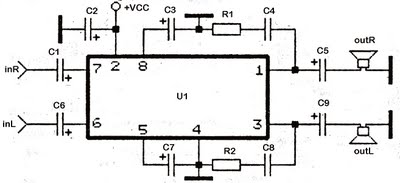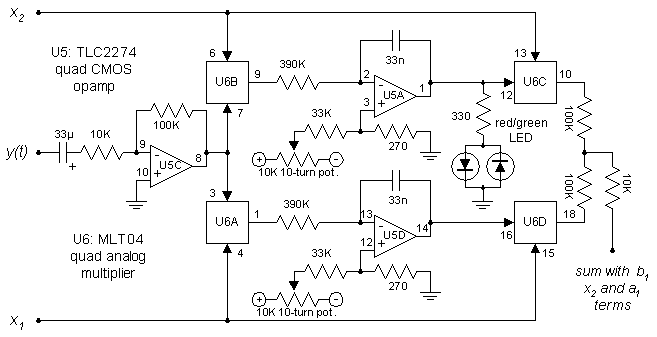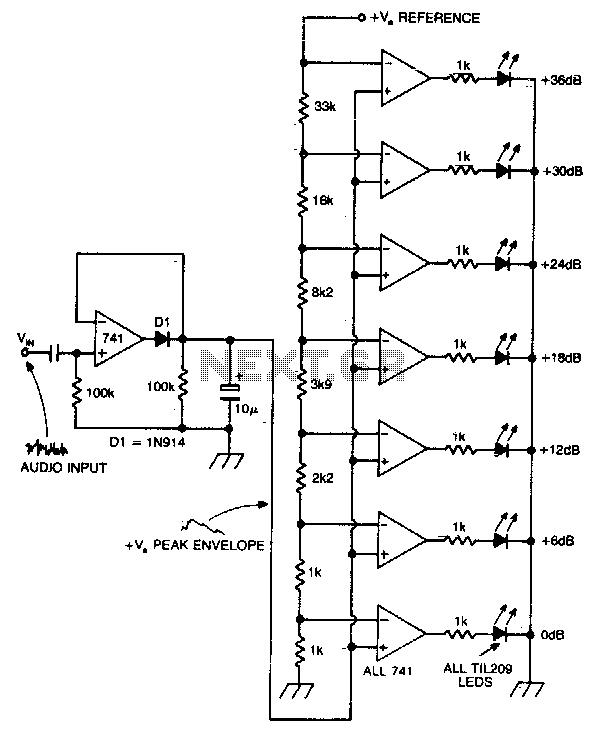
Analog Audio Delay Line: Expand Your Virtual 3D Sound Space

Creating a variable space in a small room can be enjoyable; however, designing an actuator to move a wall or room partition poses challenges. This can be achieved using an analog audio line delay.
To implement a system that allows for the movement of a wall or partition using an actuator, a control mechanism is necessary. The actuator can be an electric motor or a linear actuator, which will physically move the partition based on input signals. The analog audio line delay can be utilized to create a time-based control system, allowing for smoother transitions and adjustments.
The circuit design would incorporate a microcontroller to manage the input signals and control the actuator's movement. The microcontroller can receive input from various sensors, such as proximity or pressure sensors, to determine the desired position of the partition. The analog audio line delay can be integrated to introduce a timed delay in the actuator's response, preventing abrupt movements that could cause damage or discomfort.
The power supply for the actuator must be carefully selected to ensure it meets the voltage and current requirements without exceeding the specifications of the components involved. Additionally, safety features, such as limit switches, should be included to prevent the actuator from moving beyond its intended range.
In summary, the proposed system involves a combination of a microcontroller, sensors, an actuator, and an analog audio line delay to create a dynamic and adjustable partition in a small room, enhancing the usability of the space while addressing the challenges of movement and control.It is fun to make a variable space in your small room, but it`s hard to make the actuator to move your wall or room partition. Using analog audio line delay,. 🔗 External reference
To implement a system that allows for the movement of a wall or partition using an actuator, a control mechanism is necessary. The actuator can be an electric motor or a linear actuator, which will physically move the partition based on input signals. The analog audio line delay can be utilized to create a time-based control system, allowing for smoother transitions and adjustments.
The circuit design would incorporate a microcontroller to manage the input signals and control the actuator's movement. The microcontroller can receive input from various sensors, such as proximity or pressure sensors, to determine the desired position of the partition. The analog audio line delay can be integrated to introduce a timed delay in the actuator's response, preventing abrupt movements that could cause damage or discomfort.
The power supply for the actuator must be carefully selected to ensure it meets the voltage and current requirements without exceeding the specifications of the components involved. Additionally, safety features, such as limit switches, should be included to prevent the actuator from moving beyond its intended range.
In summary, the proposed system involves a combination of a microcontroller, sensors, an actuator, and an analog audio line delay to create a dynamic and adjustable partition in a small room, enhancing the usability of the space while addressing the challenges of movement and control.It is fun to make a variable space in your small room, but it`s hard to make the actuator to move your wall or room partition. Using analog audio line delay,. 🔗 External reference
Warning: include(partials/cookie-banner.php): Failed to open stream: Permission denied in /var/www/html/nextgr/view-circuit.php on line 713
Warning: include(): Failed opening 'partials/cookie-banner.php' for inclusion (include_path='.:/usr/share/php') in /var/www/html/nextgr/view-circuit.php on line 713
